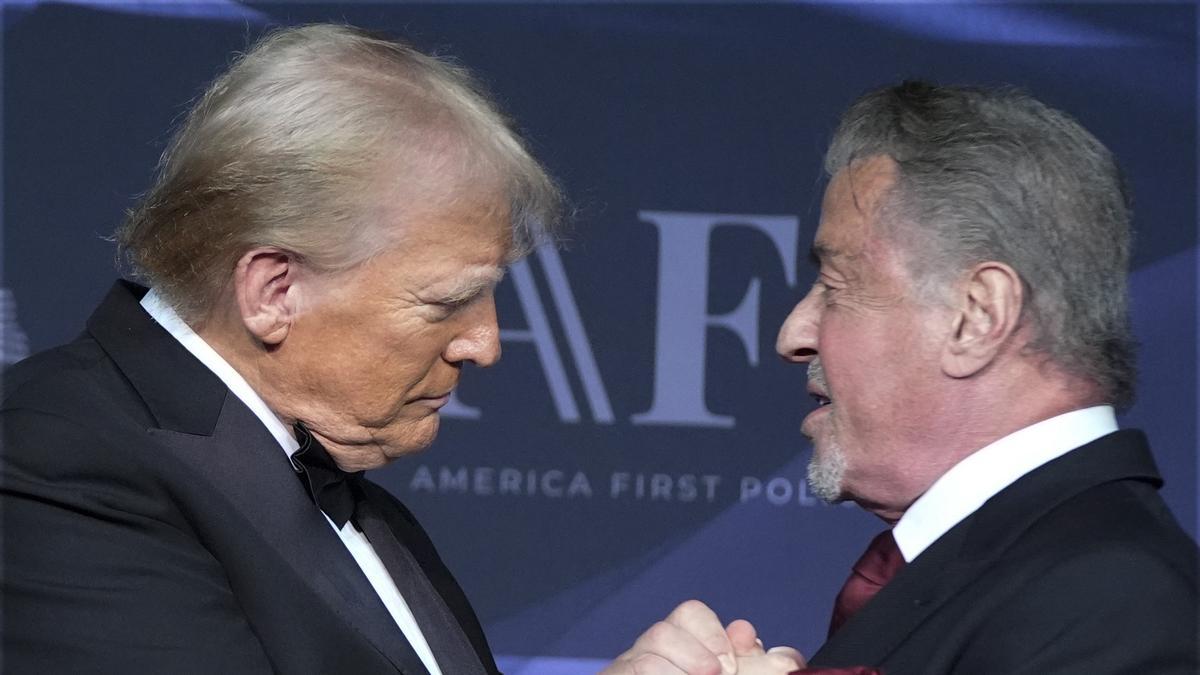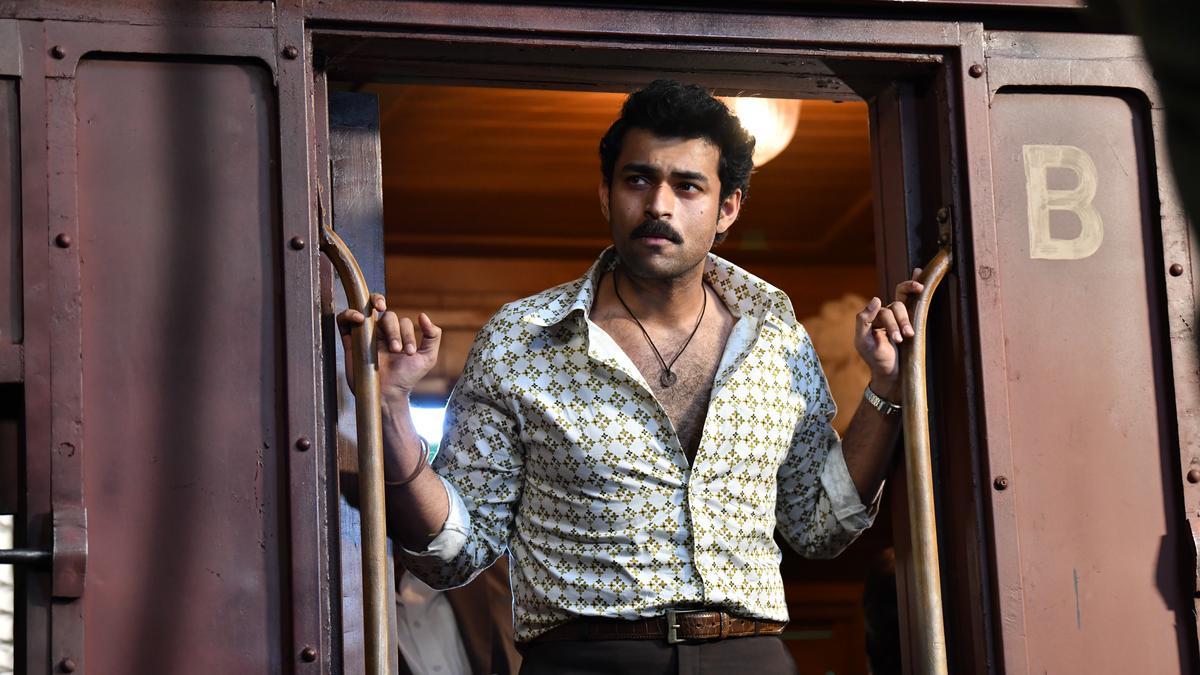
Bollywood thrives on grand sets, captivating storylines, and catchy songs. The cinema of Bollywood has long held the power to shape our views, often breaking cultural norms and pushing forward societal conversations. Yet, amid the glitz and glamour, one troubling aspect remains constant—the portrayal of women in Bollywood films. These portrayals frequently reduce women to helpless figures, sidelined in narratives primarily constructed to please the male gaze.
Bollywood’s role in glorifying sexual violence in movies has become a topic of increasingly heated debate. Though there have been women-centric films such as “Piku,” “English Vinglish,” and “Pink” that aim to educate and inspire audiences, they are heavily outnumbered by movies that glorify domestic violence and sexual assault. This imbalance is not just alarming but also potentially damaging, especially considering the rise in sexual violence in India. It is difficult to ignore the possibility that Bollywood’s narratives are contributing to the country’s growing rape culture.
The trend of depicting violence against women in Bollywood is not new. Since the 1980s, movies have perpetuated misogynistic themes. For instance, the 1988 film “Zakhmi Aurat” featured a seven-minute-long rape scene that seemed designed to cater to male fantasies of dominance. The assailant uses increasing force to overpower the victim, making his “victory” appear more rewarding. Similarly, in the 1986 film “Angaarey,” Jolly, portrayed by Shakti Kapoor, stalks and brutally assaults Aarti (Smita Patil) in her own home. Then, in “Bhagawan” (1993), a woman is forced to marry the man who raped her to protect her family’s honor. Her trauma and pain are entirely ignored in favor of societal expectations.
Fast forward to 2024, it’s evident that not much has changed on screen. While the representation of heroes winning women through stalking and rape has decreased slightly, movies like “Kabir Singh,” released in 2019, rekindle problematic narratives. A remake of the Telugu hit “Arjun Reddy,” “Kabir Singh” blatantly glorified misogyny, reflecting the male-dominated culture in India.
. In the film’s introduction, Kabir brandishes a knife at a girl, demanding she undress, all while a fast-paced soundtrack glamorizes his behavior. Kabir forcefully kisses Preethi, his so-called ‘love interest,’ the moment they meet, and faces no repercussions. Instead, he is rewarded when she eventually falls in love with him, reinforcing the toxic idea that men can dominate women to get what they want. Throughout the film, Preethi’s voice is barely heard, and when Kabir slaps her, she begs for his forgiveness instead of defending herself.
The question arises: Isn’t it just entertainment? Can’t we just relax? While there have been cult classics full of violence, those films are known for strong character development, engaging plots, redemption arcs, or exploring the descent into madness. In contrast, modern films with similar themes often lack such depth and context.
Then came “Animal” in December 2023, written and directed by Sandeep Reddy Vanga—the same director responsible for “Kabir Singh.” “Animal” perpetuates the same alpha-male, chauvinistic tropes, diminishing, objectifying, and sexualizing women while glorifying brutal violence. The male protagonist engages in acts like slitting throats, shooting people, and strangling business rivals, all under the pretext of “protecting the family.” Disturbingly, the movie shows no genuine respect for women or the familial relationships that actually hold families together.
Throughout “Animal,” the male lead inflicts both physical and emotional abuse on his wife, girlfriend, sister, and mother, always rationalizing his cruelty. Shockingly, the film normalizes such behavior by simply branding him an “animal,” thereby excusing his reprehensible actions.
When movies like these continually influence audiences, it’s unsurprising that they contribute to the proliferation of rape culture in India. The repeated glorification of toxic masculinity, objectification of women, and trivialization of violence against them sends a perilous message. By consistently portraying dominance, abuse, and control as acceptable—even heroic—behavior, these films reinforce dangerous attitudes that permeate society, creating an environment where such actions are at best tolerated and at worst celebrated.
In conclusion, while Bollywood’s influence remains indisputable, the industry must take responsibility for how it portrays women. By moving beyond the outdated damsel-in-distress trope and providing more balanced and respectful representations, Bollywood can help foster healthier societal attitudes towards women. Only by addressing this issue can the industry hope to contribute positively to the cultural landscape, rather than perpetuate harmful norms.










